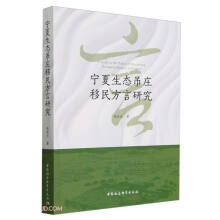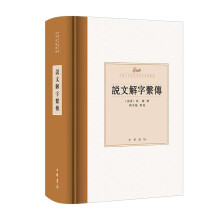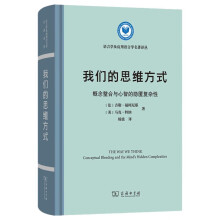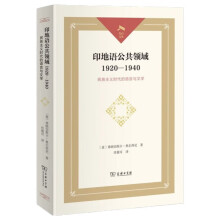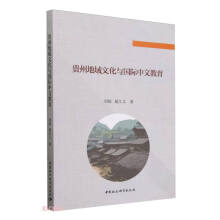Chapter 1 Introduction
1.1 Research Background
1.2 Research Rationale
1.3 Research Objectives and Research Questions
1.4 Organization ofThis Study
Chapter2 LiteratureReview
2.1 The Theory of Grammatical Metaphor
2.1.1 Early Studies(1970s一1984)
2.1.2 The Functional Model(1985—1994)
2.1.3 The Stratified Functional Model(1995—2003)
2.1.4 The Str~ified Systemic Functional Model(2004一present)
2.1.5 Summary
2.2 Studies on Semantic Change in Grammatical Metaphor
2.2.1 Preliminary Concern
2.2.2 Addition ofSemantic Features
2.2.3 Reduction ofSemantic Features
2.2.4 Metafunction—related Studies
2.2.5 Cross-disciplinary Studies
2.2.6 Summary
2.3 Studies onNominalization
2.3.1 The Perspective of Structural Linguistics
2.3.2 The Perspective ofTransformational Grammar
2.3.3 The Perspective of Cognitive Linguistics
2.3.4 The Perspective of Systemic Functional Linguistics
2.3.5 Summary
Chapter3 Theoretical Foundations
3.1 The Dimensions inLanguage
3.1.1 System
3.1.2 Stratification
3.1.3 Instantiation
3.1.4 Metafunction
3.1.5 Structure
3.2 Form.Function and Meaning
3.2.1 Form and Meaning
3.2.2 Function and Meaning
3.3 The Concept of Congruence
3.3.1 The Concept of Congruence in Earlier Works
3.3.2 Further Insights into the Concept of Congruence
3.3.3 The Ineffability ofCongruence
3.3.4 Approaches to Congruence
3.4 Quality—Thing Ideational Grammatical Metaphor
3.4.1 Thing and Quality
3.4.2 Grammatical Metaphor and Transcategorization
3.5 Summary
Chapter4 Research Methodology
4.1 DataResources
4.2 DataProcessing
4.3 DataAnalysis
4.3.1 Unpacking Metaphor
4.3.2 Analysis attheRanks ofWord andGroup
4.3.3 AnalysisattheRankofClause
chapter 5 QuaHty Thing IdeationaI Metaphor in Transitivity
5.1 pomains of Experience and Transitivity
5.1.f Tlle Gralar of EXperience:Types of Process
5.1.2 Configuration ofFigure
5.2 Process Types
5.2.1 Statistical Results
5.2.2 Analysis
5.3 Functional Roles of Quality—Thing Nominalizations
5.3.1 Statistical Results:General Features
5.3.2 Statistical Results:Direct Participants
5.3.3 Statistical Results:Indirect Participants
5.4 Summary
Chapter 6 Experiential Semantic Change in Quality-Thing Metaphor
6.1 Semogenic Power of Nominalization
6.1.1 Experiential andLogical Structures of Nominal Group
6.1.2 Preliminary Statistics on Experiential Structure
6.2 AnalVtical F1.amework of Experiential Semantic Change
6.3 Staffstics on Experiential Semantic Change
6.4 Analysis
6.4.1 SemanticAbstraction
6.4.2 Semantic Generalization
6.4.3 Semantic Specialization
6.4.4 Semamic Obscuration
6.5 Summary
Chapter7 Implications for the Study of Interpersonal and Textual Semantic Changes in Quality-Thing Metaphor
7.1 Approaching Interpersonal Semantic Change
7.1.1 A Tentative Classification ofInterpersonal Semantic Change
7.1.2 Preliminary Statistics on Interpersonal Semantic Change
7.1.3 Neutralized Evaluative Meaning
7.1.4 Tiansferred Evaluative Meaning
7.2 Approaching Expansion in Textual Meaning
7.2.1 Entering the System ofReference
7.2.2 Metarhorical Themc Textual Status in the Metaphoric Mode
7.2.3 Compaiative Reference:post--Deictic and Euithet
7.3 Summary
Chapter 8 Conclusion
8.1 MajorFindings
8.2 Ccntributions of This Study
8.3 Limitations and Suggestions for Future Research
Bibliography
Appendix Ⅰ Data Resources
Appendix Ⅱ Lexical Realizations of Quality-Thing Metaphors
展开



